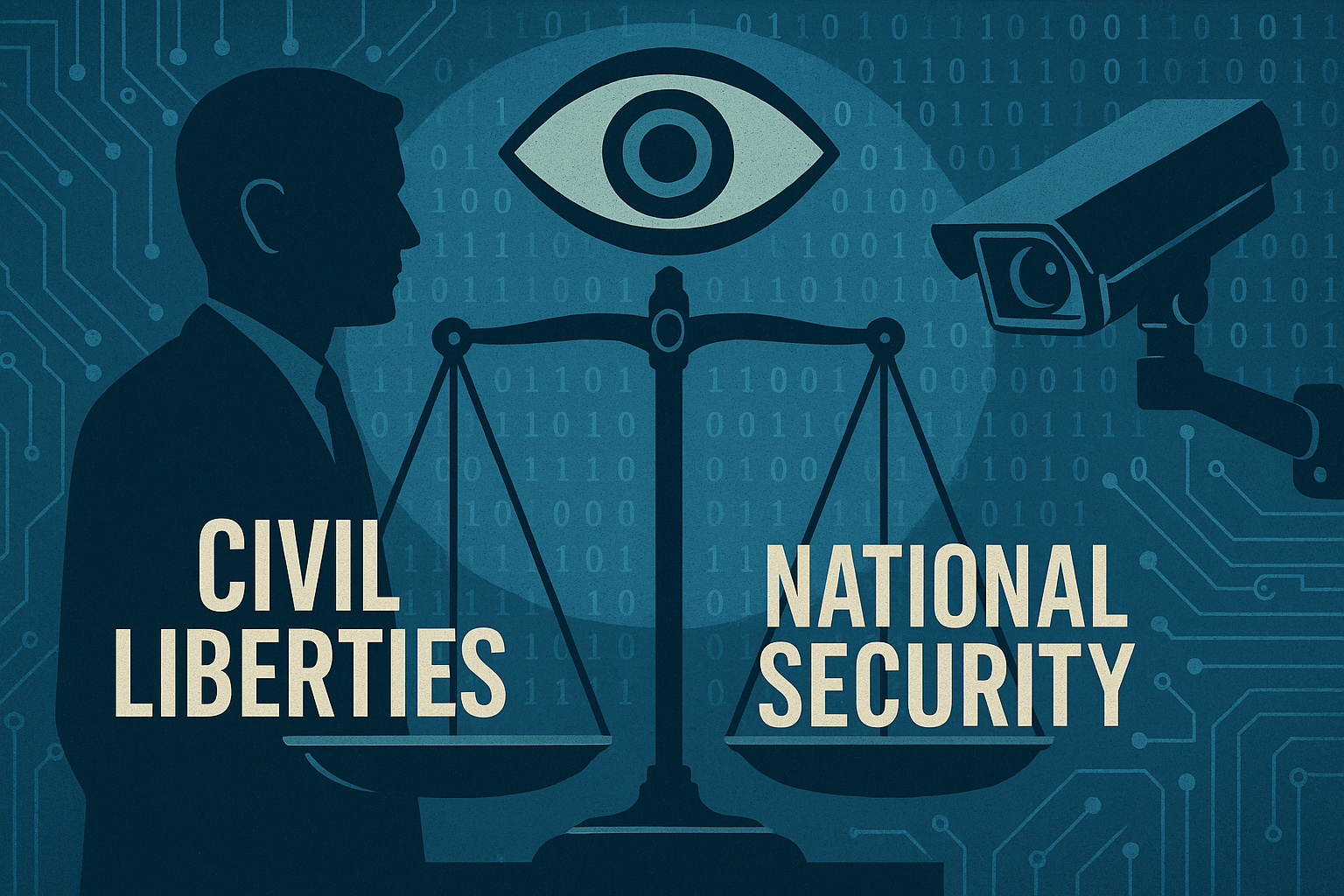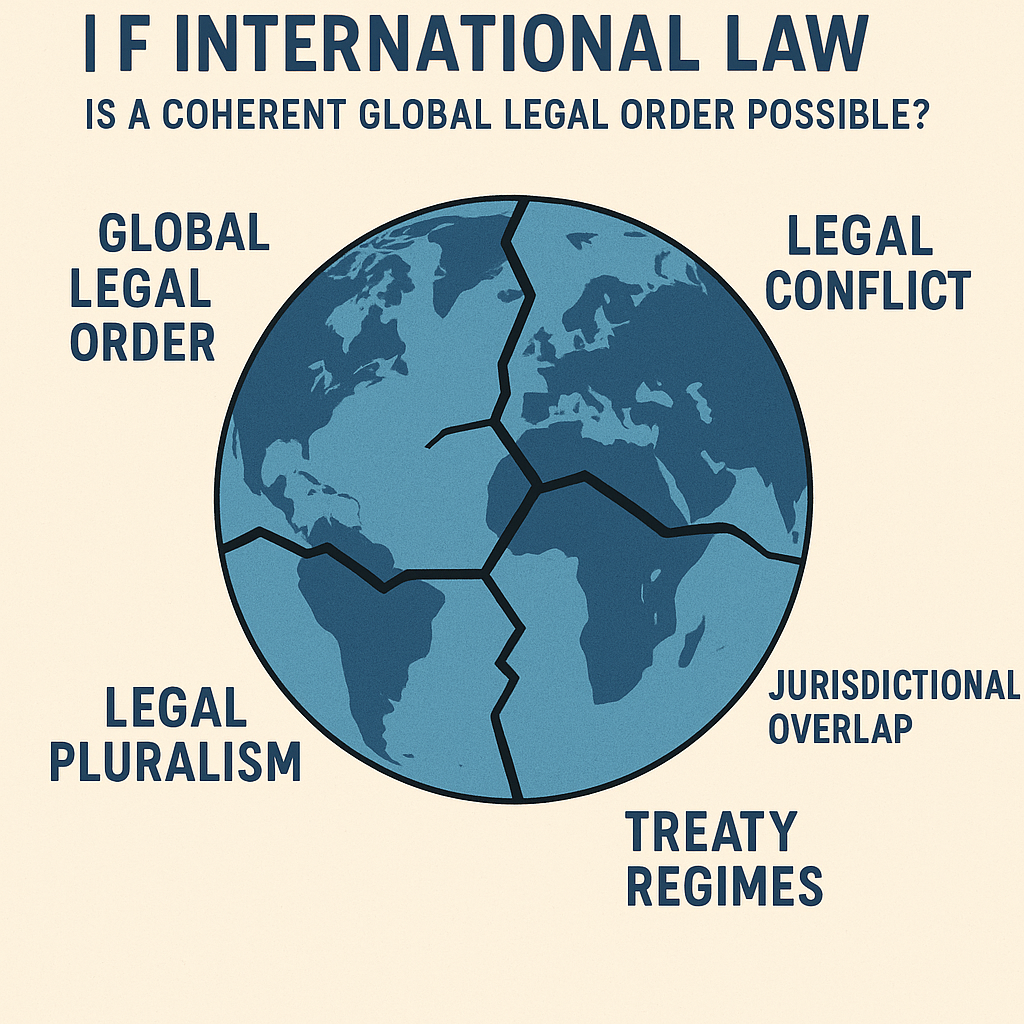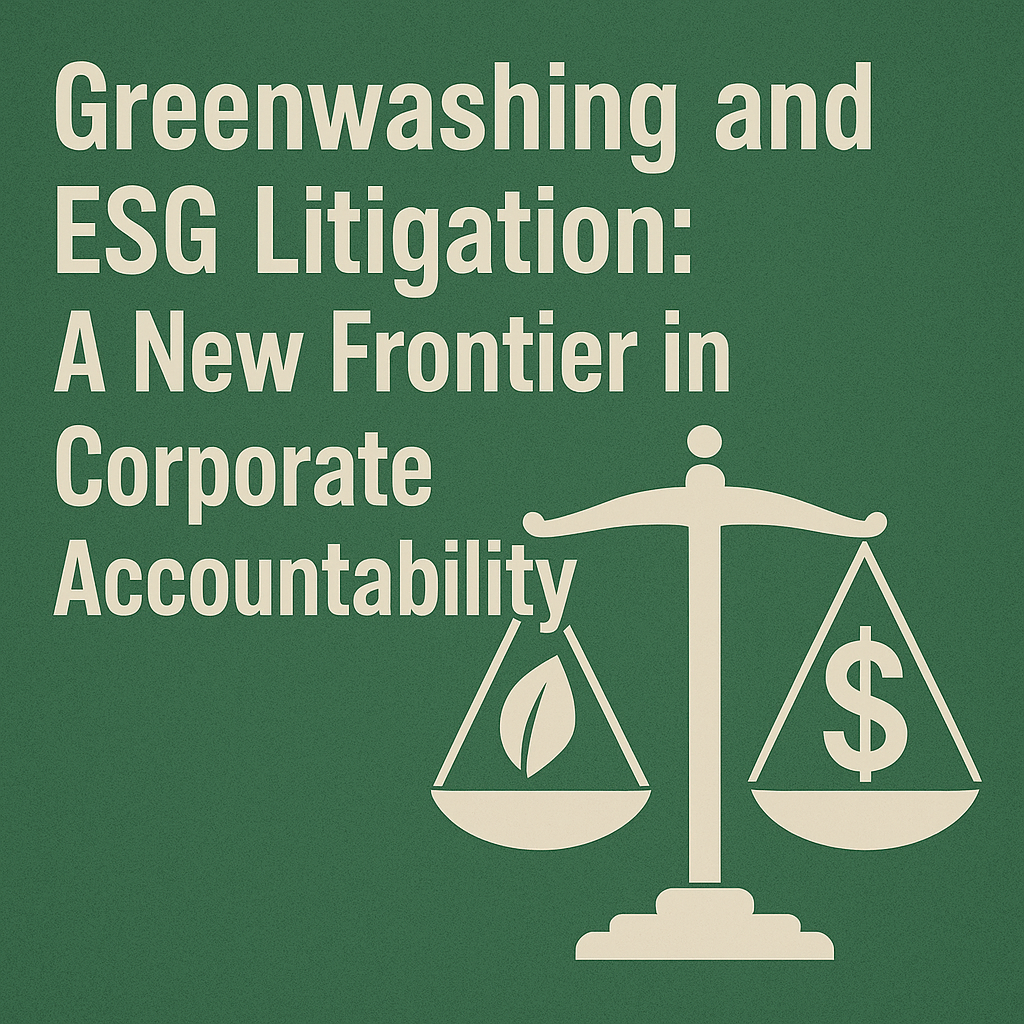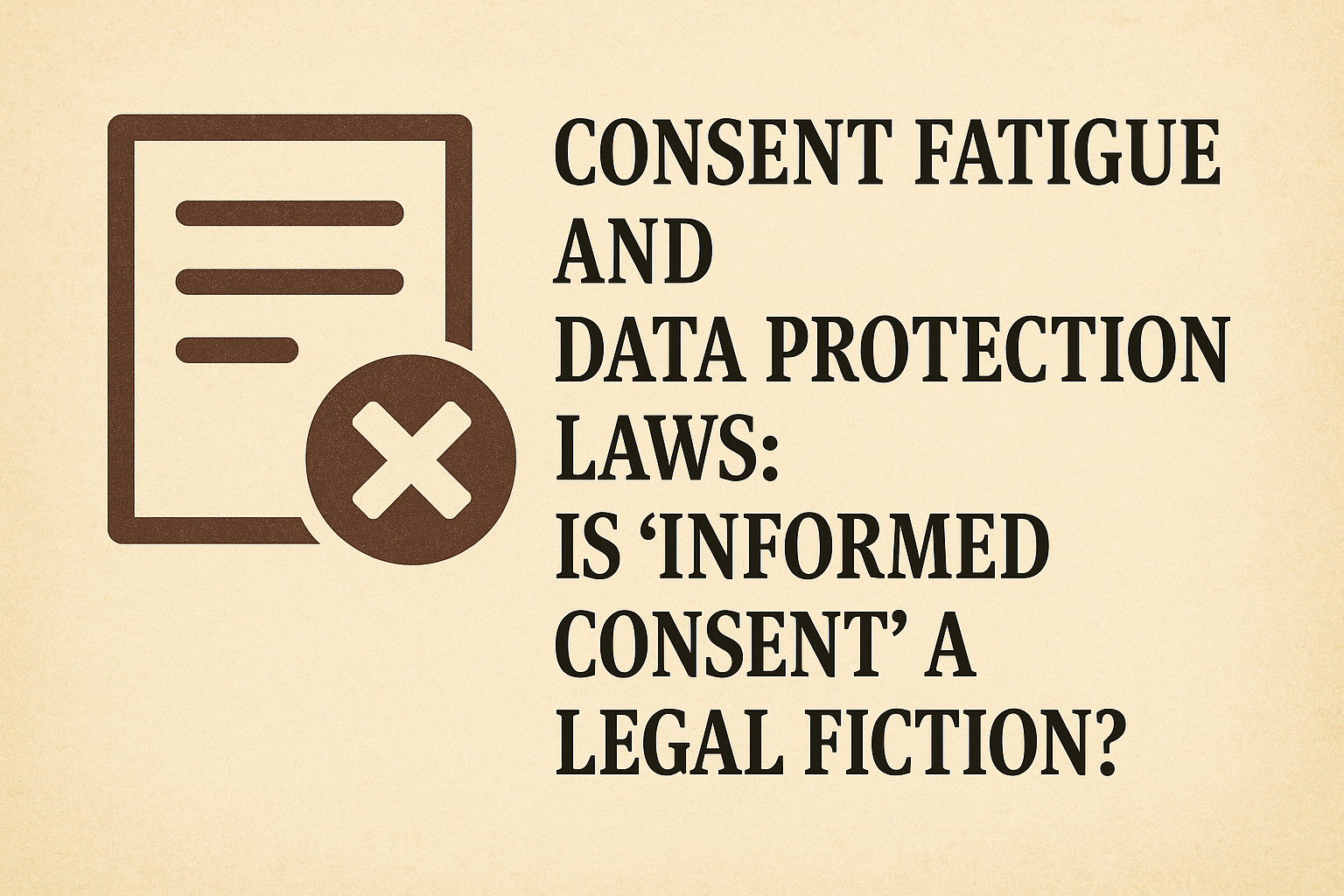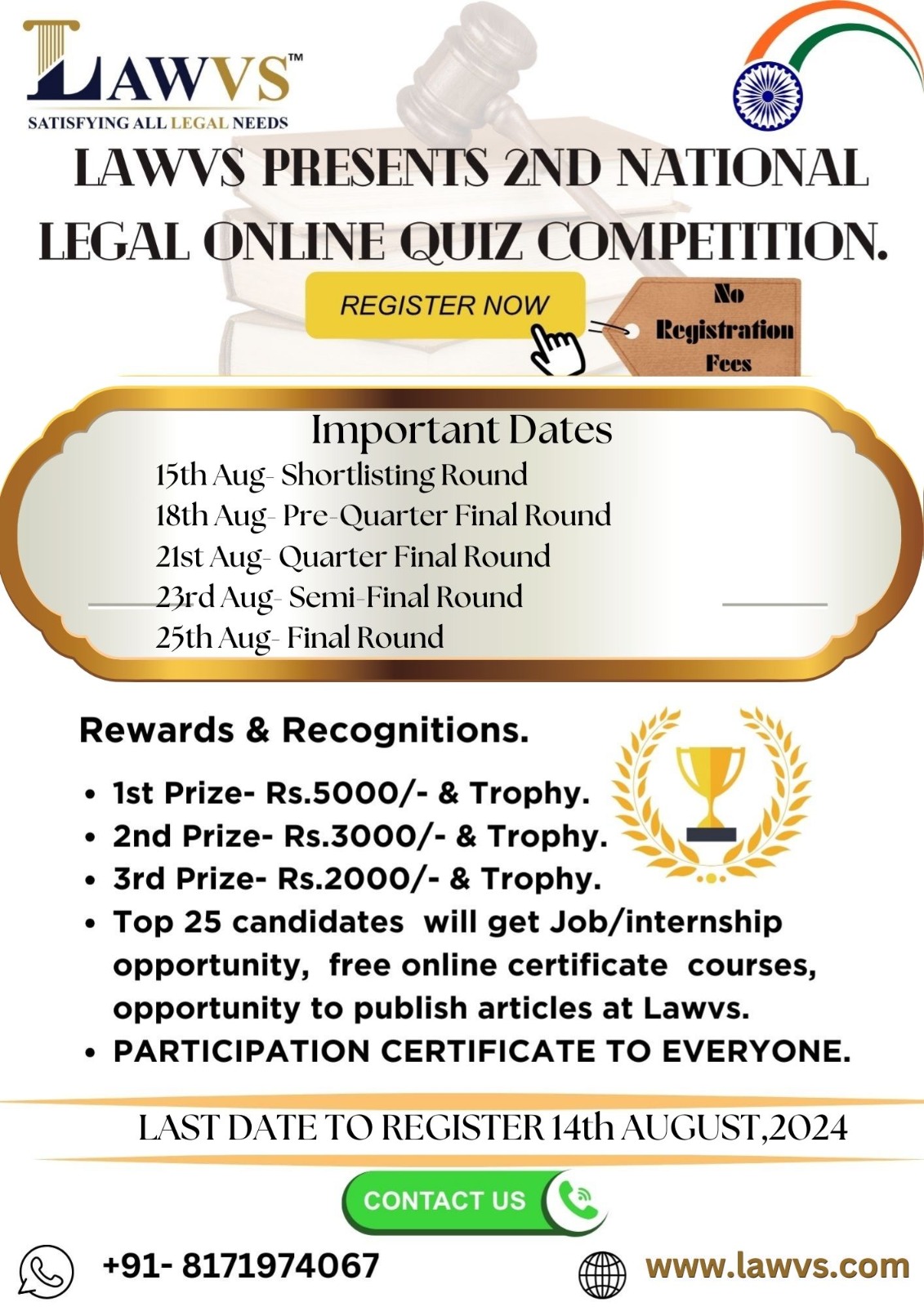Issues
related to Section 66(A) of IT Act 2000
By- Shreya Pawar
Abstract:
This article discusses the issues related to
Section 66(A) that were brought in front to light in the case of Shreya Singhal
v. UOI which was filed before the Honorable Supreme Court and resulted in its
decision to strike down this section. In light of this, I present an insight
into this section and developments in this section that led to the court
challenging its constitutionality.
Keywords:
Freedom, Violation, Speech, Expression,
Cyber-crime, Section 66(A), Unconstitutional
Decoding
Section 66(A) of the IT Act,2000:
The penal provision regarding sending
offensive or false messages through communication services such as the Internet
and Mobile Phones was given under section 66A of the Information Technology
Act, 2000 which has been now repealed. Nevertheless, this law was declared
unconstitutional by the Supreme Court of India in 2015 because people feared
its abuse and interference with personal freedom of speech. Hence, this law is
no longer valid.
Introduction:
One of the most discussed and controversial
Indian law provisions is Section 66(A) of the Information Technology Act, of
2000. The section on cybercrime, however, was criticized as ambiguous in words
allowing room for a lot of misunderstanding. This provision was found
unconstitutional by the Supreme Court of India in 2015, indicating the serious
problems that exist which are discussed below.
•The Vagueness of Language
The first problem with Section 66(A)was that
its wording was unclear. This section was written in such a way that it employs
vague terminologies such as ‘grossly offensive’, menacing, and annoyance
without explaining them well. This lack of clarity created an opportunity for
abuses and misuse by the police department. Instead of being an instrument
against crime, it was used as a means to infringe upon freedom of expression.
•Chilling Effect on Free Speech
In particular, 66(A) suppressed free speech
and expression, especially in cyberspace. People did not want to talk about their
opinions or discuss politics on social media as they feared criminal
prosecution under this section. The apprehension had a disastrous effect on the
free circulation of ideas, which is essential in every democratic society.
•Misuse and Abuse
One of the main problems may have been the
widespread abuse of Section 66(A). The authorities often used it as a tool for
repressing opposition and punishing critics of the government and public
personalities. For instance, there were several cases of arresting people for
posting satirical and critical content on the internet to prove that the
provision was used differently than intended.
•Lack of Safeguards
But Section 66(A) had no necessary
protections against its abuse. Such arbitrary detentions and harassment could
occur due to law enforcement agencies making arrests without warrants. The
problems that accompanied this lack of check-ups worsened due to the absence of
the checks.
•Overbreadth
Worse yet, it might have unintentionally
outlawed an endless array of innocuous internet exercises, such as fair
criticism, parody or humour. This overreach conflicted sharply with values like
free speech and democracy since it suppressed creativity and protest.
•International Criticism
The section was condemned by human rights
bodies internationally for being against freedom of speech. The negative
publicity affected India’s image globally, pointing out the urgent need for
reforms.
Supreme Court
Ruling in the Landmark Case:
In March 2015, the Supreme Court of India
gave its landmark judgment in the Shreya Singhal v. Union of India case holding
that Section 66(A) is unconstitutional and consequently striking it down. The
court found the section vague and as one that might be used to limit free
speech infringement. This was a crucial decision towards guaranteeing democracy
and the freedom of speech in India.
Conclusion:
No doubt, Section 66(A) of the IT Act, 2000
was a much-needed and controversial stipulation fraught with several problems.
It was done away with due to its ill-defined meaning, chilling free speech,
misuse, absence of safeguards and overbreadth. This struck it down by the
Supreme Court brought back the essence of freedom of expression and
demonstrated how imperative is the cyber-crime law. But it is shocking to have
a view at some of the instances wherein still people are being arrested under
the preview of this section even when it has been struck down by the Supreme
Court for which the Supreme Court needs to follow up on this misuse of lawby
the law enforcement agencies.


